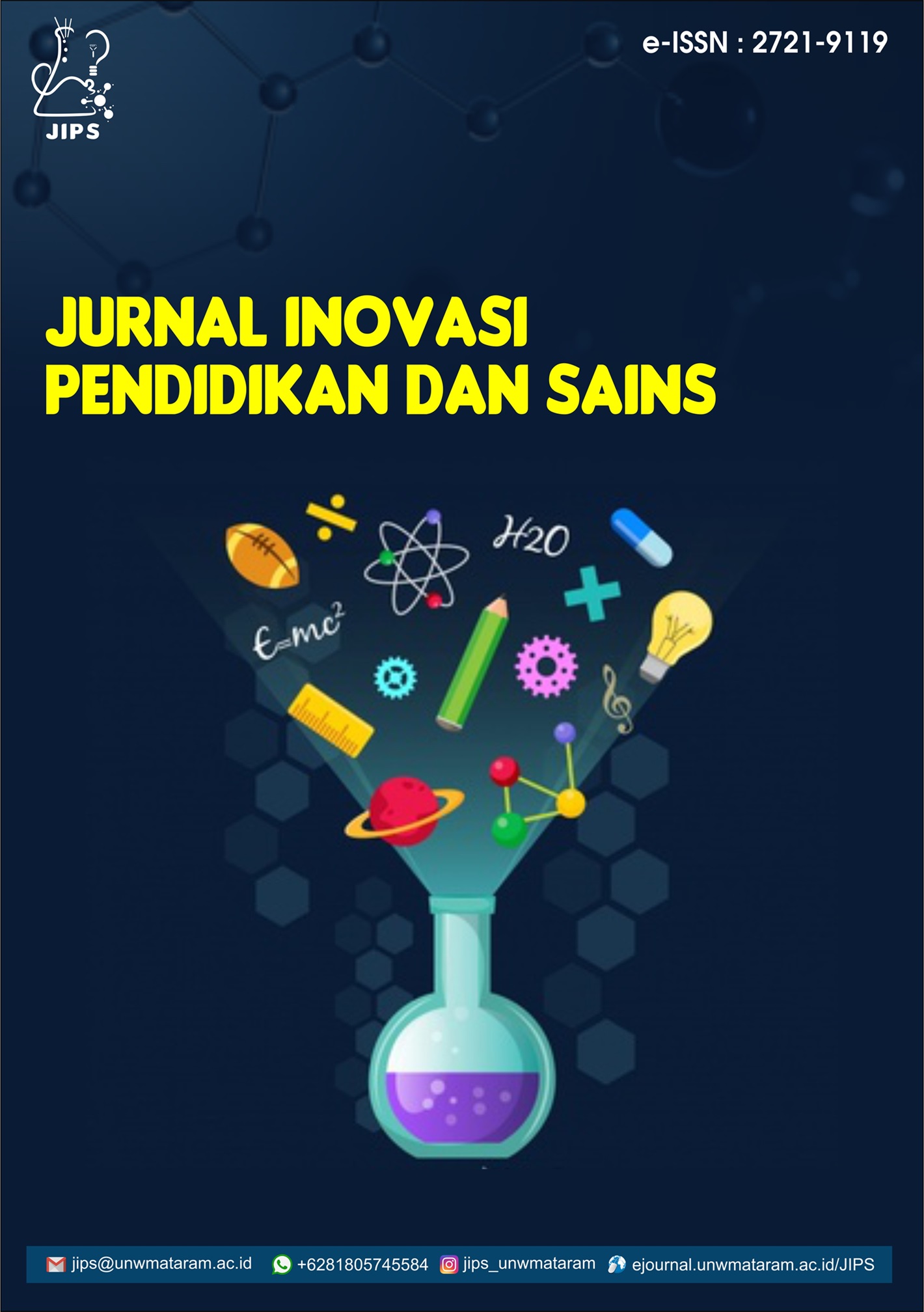DETEKSI FORMALIN PADA IKAN DAN SEAFOOD ASIN DARI BEBERAPA PASAR LOKAL DI KOTA SAMARINDA, KALIMANTAN TIMUR
Abstract
Formalin is a chemical compound that is often added to fish and seafood. When formalin exposure enters the human body, it is very dangerous for human health. The purpose of this study was to detect the formalin content in fish and seafood samples from several local markets in the city of Samarinda. The research method was descriptive observational on 149 test samples of fish and seafood salted. Detection of formalin content in fish and seafood was detected by the rapid test kit. When the test sample changed to red and purple color, the sample was indicated to be positive for formalin. It was found that 10 out of 13 fish samples and 4 out of 4 seafood samples were positive for formaldehyde. The types of fish and seafood containing formalin in this study were layang, sarden, teri, baronang, pedak, haruan laut, kepala batu, kaca-kaca, tenggiri, hiu, cumi, udang ebi, udang papay and baby cumi. This study suggests that consumers should be more careful to buy fish and seafood that contain formaldehyde.
References
[2] Kaltimprov. (2022). Data konsumsi ikan propinsi Kaltim tahun 2016-2021. Kelautan Dan Perikanan Dalam Angka. https://kkp.go.id/setjen/satudata/page/1453-kelautan-dan-perikanan-dalam-angka.
[3] Salthammer, T., Mentese, S., & Marutzky, R. (2010). Formaldehyde in the Indoor Environment. Chemical Reviews, 110(4), 2536–2572.
[4] García-Magaña, L., Rodríguez-Santiago, M. A., Grano-Maldonado, M. I., Jiménez-Vasconcelos, L., & Guerra-Santos, J. (2019). The Effectiveness of Sodium Chloride and Formalin in Trichodiniasis of Farmed Freshwater Tilapia Oreochromis niloticus (Linnaeus, 1758) in Southeastern Mexico. Latin American Journal of Aquatic Research, 47(1), 164–174.
[5] Laly, S., Priya, E., Panda, S., & Zynudheen, A. (2018). Formaldehyde in Seafood: A review. Fishery Technology, 55(2), 87–93.
[6] Budianto, A. (2018). Formalin dalam Kajian Undang-Undang Kesehatan; Undang-Undang Pangan Dan Undang-Undang Perlindungan Konsumen Formalin in Health, Food and Consumer Protection Laws Studies. Jurnal Legislasi Indonesia, 8(1), 151–172.
[7] Kamps, J. J. A. G., Hopkinson, R. J., Schofield, C. J., & Claridge, T. D. W. (2019). How Formaldehyde Reacts with Amino Acids. Communications Chemistry, 2(1), 1–14.
[8] Tang, X., Bai, Y., Duong, A., Smith, M. T., Li, L., & Zhang, L. (2009). Formaldehyde in China: Production, Consumption, Exposure Levels, and Health Effects. Environment International, 35(8), 1210–1224.
[9] Putri, D. (2017). Identifikasi kandungan formalin menggunakan pereaksi schryver pada ikan asin yang dijual di pasar Rahmat Samarinda [Akademi Farmasi Samarinda]. http://repository.akfarsam.ac.id/index.php?p=show_detail&id=20.
[10] Chasyiro, H. (2009). Identifikasi kandungan formalin pada ikan di tempat pelelangan ikan Jl. Lumba-lumba kelurahan Selili Samarinda Ilir [Akademi Farmasi Samarinda]. https://repository.akfarsam.ac.id/index.php?p=show_detail&id=722.
[11] Ahmad, A., Lim, A., Khiok, P., Nor Azman, Z., Mohd Saki, N., & Tassapon, K. (2018). Marine Fishes and Crustaceans of the Southeast Asian region. Malaysia : SEAFDEC/MFRDMD.
[12] Mardiyah, U., & Jamil, S. N. A. (2020). Identifikasi Kandungan Formalin Pada Ikan Segar yang Dijual di Pasar Mimbo dan Pasar Jangkar Kabupaten Situbondo. Samakia : Jurnal Ilmu Perikanan, 11(2), 135–140.
[13] Fatimah, S., Astuti, D. W., & Awalia, N. H. (2017). Analisis Formalin pada Ikan Asin di Pasar Giwangan dan Pasar Beringharjo Yogyakarta. Jurnal Analiytical and Environmental Chemistry, 2(1), 22–28.
[14] Lestari, I., Sangra Pratiwi, G., & Yuliawati. (2022). Analisis Kandungan Formalin Pada Ikan Asin Kepala Batu yang Berada di Pasar Tradisional Kota Jambi. Jurnal Ilmiah Manuntung, 8(1), 47–54.
[15] Utama, C., Nurwidiyanto, N., Baehaki, F., & Ekawati, S. (2021). Analysis of Formaldehyde Content in Salted Fish at Ciroyom market, Bandung City, Indonesia. Journal of Sustainability Science and Technology, 1(1), 35–43.
[16] Joshi, R., Bhatta, R., Paudel, P. N., & Kafle, B. K. (2015). Formaldehyde Content of Selected Fish from the Wet Markets of Kathmandu valley. International Food Research Journal, 22(4), 1434–1437.
[17] Asare-Donkor, N. K., Adaagoam, R. A., Voegborlo, R. B., & Adimado, A. A. (2018). Risk Assessment of Kumasi Metropolis Population in Ghana through Consumption of Fish Contaminated with Formaldehyde. Journal of Toxicology, 4785031.
[18] Bianchi, F., Careri, M., Musci, M., & Mangia, A. (2007). Fish and food safety: Determination of Formaldehyde in 12 Fish Species by SPME extraction and GC-MS analysis. Food Chemistry, 100(3), 1049–1053.
[19] Immaculate, J., & Jamila, P. (2018). Quality Characteristics Including Formaldehyde Content in Selected Sea Foods of Tuticorin, Southeast Coast of India. International Food Research Journal, 25(1), 293–302.
[20] Budianto, A. (2014). Formalin Dalam Kajian Undang-Undang Kesehatan; Undang-Undang Pangan dan Undang-Undang Perlindungan Konsumen. Jurnal Legislasi Indonesia, 8(1), 151–172.
[21] Apituley, D. A. N. (2009). Pengaruh Penggunaan Formalin Terhadap Kerusakan Protein Daging Ikan Tuna (Thunus sp). Agritech, 29(1).
[22] Hasan, M. M., Alam, M. Z., Kabir, M. H., & Mony3, S. A. (2008). Effects of Irradiation on Formaldehyde Concentration and Nutritional Changes of Formalin Treated Fish, Pampus chinensis. Bangladesh J. Fish. Res, 12(2), 173–178.
[23] Metz, B., Kersten, G. F. A., Hoogerhout, P., Brugghe, H. F., Timmermans, H. A. M., De Jong, A., Meiring, H., Ten Hove, J., Hennink, W. E., Crommelin, D. J. A., & Jiskoot, W. (2004). Identification of Formaldehyde-induced Modifications in Proteins: Reactions with Model Peptides. Journal of Biological Chemistry, 279(8), 6235–6243.
[24] Kim, K. H., Jahan, S. A., & Lee, J. T. (2011). Exposure to Formaldehyde and Its Potential Human Health Hazards. Journal of Environmental Science and Health - Part C Environmental Carcinogenesis and Ecotoxicology Reviews, 29(4), 277–299.
[25] Hauptmann, M., Stewart, P. A., Lubin, J. H., Beane Freeman, L. E., Hornung, R. W., Herrick, R. F., Hoover, R. N., Fraumeni, J. F., Blair, A., & Hayes, R. B. (2009). Mortality from Lymphohematopoietic Malignancies and Brain Cancer Among Embalmers Exposed to Formaldehyde. Journal of the National Cancer Institute, 101(24), 1696–1708.
[26] Zhao, Y., Magaña, L. C., Cui, H., Huang, J., McHale, C. M., Yang, X., Looney, M. R., Li, R., & Zhang, L. (2016). Formaldehyde-induced Hematopoietic Stem and Progenitor Cell Toxicity in Mouse Lung and Nose. Physiology & Behavior, 176(3), 693–701.



